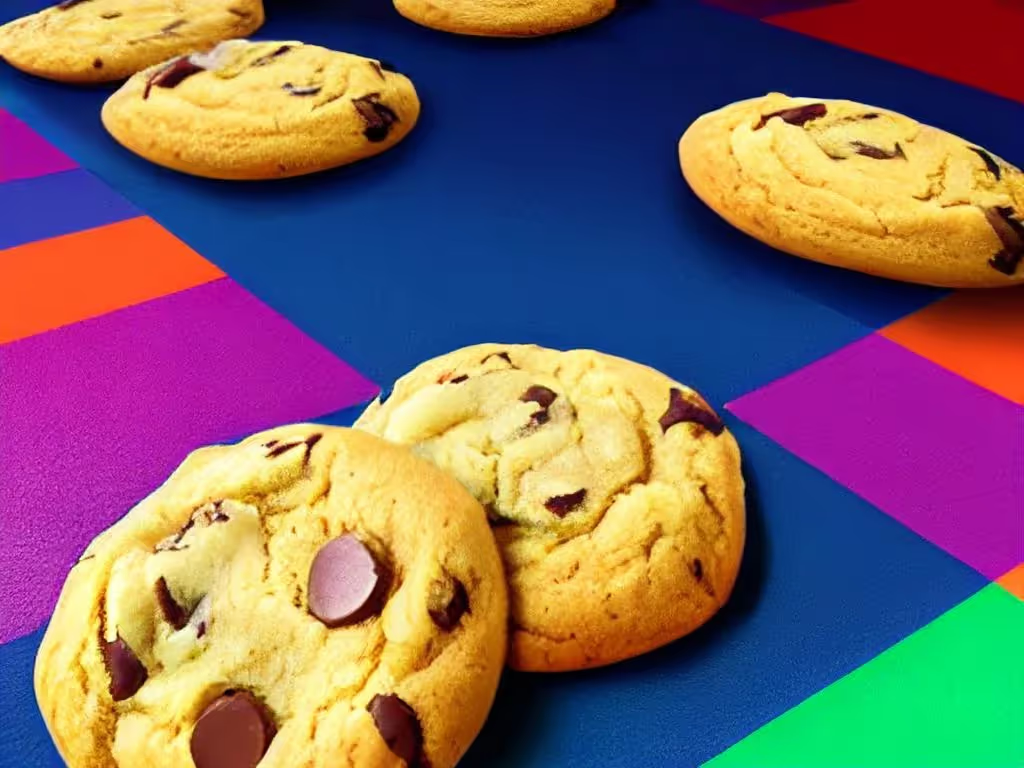TLDR
As a new coffee shop owner, calculating your shop's return on investment (ROI) during the first year of business provides critical insight into profitability. By comparing your net profit to the total investment required to launch and operate your shop, ROI helps determine whether your hard work and expenses are paying off. This step-by-step guide will walk you through calculating that all-important percentage - ROI - based on your shop's financials. With key metrics in hand, you can better evaluate the success of your business model and make informed decisions to improve future returns. Monitoring ROI over time provides an ongoing assessment of what's working, what's not, and how well your shop is performing compared to projections.
Introduction to Calculating ROI for Coffee Shops
ROI or Return on Investment is a key metric for evaluating the profitability of your coffee shop. To calculate your coffee shop's ROI, you need to determine your net profit and total investment costs over a specific period, typically the first year of operations.
Net Profit
Your net profit is your total revenue minus all expenses. Track revenue from all sales as well as costs related to goods sold, rent, utilities, wages, and other operating expenses. Subtract total expenses from total revenue to determine your net profit.
Total Investment
Your total investment includes initial startup costs to open your coffee shop as well as operating and inventory expenses over the first year. Startup costs may include equipment, leasehold improvements, and furnishings. Operating expenses include rent, utilities, wages, and other costs to run your business. Inventory expenses are the costs of goods sold, such as coffee beans, milk, cups, and other supplies. Add your initial startup costs to your total operating and inventory expenses over 12 months to determine your total investment.
Calculating ROI
With your net profit and total investment amounts, you can now calculate your ROI. Use the formula:
ROI = (Net Profit / Total Investment) x 100
For example, if your net profit is $50,000 and your total investment is $200,000, your ROI would be:
(50,000 / 200,000) x 100 = 25%
An ROI of 25% means that for every dollar invested, you gained 25 cents in profit. Understanding your ROI helps determine the overall profitability and efficiency of your coffee shop. A positive ROI means your shop is profitable, while a negative ROI implies a loss. ROI is a useful metric for making key business decisions to improve your financial performance.
Monitoring your revenue, costs, net profit, and ROI will help ensure your coffee shop remains profitable and successful. Make adjustments as needed to operating hours, staffing, menu offerings, and other factors that significantly impact your bottom line. With diligent financial management, your coffee shop can thrive for years to come.
Step-by-Step Guide to Calculate Your Coffee Shop's Break-Even Point
To determine if your coffee shop is generating a profit, you must calculate your break-even point. The break-even point is when your total costs equal your total revenue. By calculating your break-even point, you can assess whether your coffee shop is profitable and make informed decisions about pricing or cost-cutting.
Determine Your Fixed and Variable Costs
Fixed costs remain the same regardless of sales, such as rent, insurance, and equipment costs. Variable costs change based on sales, such as the cost of goods sold. Identify all your fixed and variable costs to determine your total costs.
Calculate Your Total Revenue
Your total revenue is the total amount of money generated from coffee and food sales. Track your revenue over a set period, such as a month or year. To calculate, multiply the number of units sold by the selling price per unit.
Apply the Break-Even Formula
The break-even formula is:
Break-Even Point = Fixed Costs ÷ ((Total Sales - Variable Costs) / Total Sales)
Plug in the values for your fixed costs, total sales, and variable costs to determine your break-even point in sales dollars. For example, if your fixed costs are $12,500 per month, your total sales are $30,000, and your variable costs are $15,000, the calculation would be:
$12,500 ÷ (($30,000 - $15,000) / $30,000) = $25,000
So your monthly break-even point is $25,000 in sales. Sales above this point represent your profit, while sales below signify a loss.
Make Business Decisions Based on Your Break-Even Analysis
Understanding your break-even point helps determine if your coffee shop is profitable and efficient. You can adjust prices or find ways to cut costs to improve your profitability. You can also evaluate the potential impact of business decisions on your bottom line. Regularly re-calculating your break-even point provides an ongoing assessment of your coffee shop's financial health and growth.
Determine Your Coffee Shop's Net Profit
To calculate your coffee shop’s ROI, you must first determine your net profit. This is calculated by deducting total expenses from total revenue over a specific period, such as one fiscal year.
Total Revenue
Your total revenue includes all sales of goods and services. For a coffee shop, this primarily comes from the sale of beverages, food, and merchandise. Track revenue from all transactions, including those paid in cash, credit, debit, and gift cards.
Total Expenses
Total expenses include costs required to run your coffee shop, such as:
- Rent and utilities: Rent, electricity, water, Wi-Fi, etc. The average coffee shop spends 6-9% of sales on rent and 3-6% on utilities.
- Employee wages and benefits: Baristas, managers, and other staff. Wages typically make up 30-35% of sales.
- Cost of goods sold: Coffee beans, milk, cups, lids, straws, and other supplies. This accounts for an average of 15-20% of sales.
- Depreciation of equipment: Espresso machines, grinders, refrigerators, and more. This is usually a few percent of sales.
- Marketing and advertising: Website, social media, flyers, partnerships, and promotional events. Most coffee shops spend 3-5% of sales on marketing.
To calculate net profit, deduct total expenses from total revenue. For example, if your annual revenue is $500,000 and total expenses are $400,000, your net profit would be $500,000 - $400,000 = $100,000.
A positive net profit means your coffee shop is operating at a gain, while a negative net profit implies a loss. Understanding your net profit helps determine business viability and provides insight into potential areas for improvement regarding revenue and cost-cutting.
Use our ROI calculator to determine the average order value for both pick-up and delivery orders using first-party ordering.
Calculate Your Total Investment Costs
To determine your coffee shop's total investment costs, you need to consider both your initial startup expenses as well as your ongoing operating costs. According to recent estimates, pre-opening startup expenses for a coffee shop average between $20,000 to $120,000.
Initial Startup Costs
Your initial startup costs include expenses such as leasehold improvements like plumbing, electrical work, and flooring; equipment such as espresso machines, blenders, and cash registers; and furniture for your space. These pre-opening costs typically range from $50,000 to $300,000 for a standard coffee shop. Ensure you budget adequately for these one-time costs to set your business up for success.
Operating Expenses
Your operating expenses include the costs to run your coffee shop continuously, such as rent, utilities, inventory, wages, and marketing. Rent and utilities for a coffee shop usually total $1,500 to $5,000 per month. You'll also need to budget $10,000 to $30,000 for your initial inventory of coffee beans, cups, lids, and other supplies. Average wage expenses for a few employees amount to $30,000 to $60,000 annually. And finally, allocate $5,000 to $15,000 per year for marketing to spread the word about your new coffee shop.
When calculating your total investment, be sure to consider costs for the first 6-12 months of operating to get an accurate assessment of the funds required to start and sustain your coffee shop. The total investment amount will be a key input for determining your break-even point and potential return on investment. Keeping close track of costs will help ensure your coffee shop remains profitable and successful.
Plug Values Into the ROI Formula to Find Your Break-Even Point
Calculate Your Net Profit
To determine your net profit, subtract your total expenses from your total revenue over a specific period, such as a month or year. Include all costs related to running your coffee shop, such as rent, utilities, employee salaries, cost of goods sold, marketing expenses, and any other operational costs. For example, if your total revenue is $100,000 and your total expenses are $70,000, your net profit would be $30,000.
Determine Your Total Investment
Your total investment includes all initial and ongoing costs associated with starting and operating your coffee shop. This may include:
- Initial setup costs like leasehold improvements, equipment, and furniture.
- Operating expenses such as rent, utilities, wages, and marketing over some time.
- Inventory costs for items such as coffee beans, milk, and cups over some time.
For example, if your initial setup costs were $50,000, operating expenses were $30,000 over 6 months, and inventory costs were $20,000 over 6 months, your total investment would be $100,000.
Calculate Your Break-Even Point
Now that you have your net profit and total investment values, you can calculate your break-even point. Divide your total investment by your net profit (in percentage terms). The resulting number is the percentage of your sales revenue that represents your break-even point.
For example, if your total investment is $100,000 and your net profit is $30,000:
$100,000 / $30,000 = 3.33
So your break-even point would be 33.3% of your sales revenue.
If your average monthly sales revenue is $50,000, your break-even point would be $16,650 (33.3% of $50,000). This means that once your monthly sales revenue surpasses $16,650, your coffee shop is making a profit. Calculating your break-even point in this way can help determine if your coffee shop is on track to become profitable.
How Mobile Ordering Can Increase Your Coffee Shop's Profitability
Convenience and Efficiency
Offering mobile ordering allows customers to place orders ahead of time, increasing convenience and efficiency. Customers can avoid waiting in line to order and pay, and instead pick up their items as soon as they arrive. This fast experience will keep customers coming back. With a branded mobile app, customers can save favorite orders and payment info for an even quicker experience.
Increased Average Order Value
A mobile app makes it easy to upsell by displaying mouth-watering product photos and descriptions. You can also offer special promotions and discounts exclusive to your mobile customers. Strategic product placement and bundling can encourage customers to purchase higher-margin items and extras. According to Starbucks, their mobile app contributes to higher average order values.
Check out our complete guide on upselling strategies to boost the average order size.
Improved Customer Loyalty
A customized mobile app helps build brand loyalty by giving your coffee shop a high-tech, forward-thinking image. You can offer a loyalty program through the app with rewards like free drinks and discounts. Studies show mobile loyalty program members visit more often and spend more per visit. Loyal, long-term customers are the foundation of a successful coffee shop.
Valuable Customer Data
A mobile app provides data about your customers and their buying habits. You can see popular items, busy times, average spending, and more. Use this data to optimize your product selection, staffing, and marketing. Send personalized promotions based on purchase history and preferences. Data-driven insights will improve your bottom line.
Mobile ordering has significant benefits for both customers and business owners. An intuitive mobile app with innovative features like push notifications, loyalty programs, and mobile payments will transform your coffee shop into a modern, tech-savvy operation that keeps customers coming back for their daily cup of joe. The convenience and efficiency of mobile ordering, combined with increased order values and improved loyalty, add up to a winning strategy for profitability.
Final Thoughts
As a small coffee shop owner, calculating your break-even point and ROI provides invaluable insight into the financial health and profitability of your business. By following the step-by-step process outlined, you can determine the sales volume required to cover costs, as well as assess returns on investments made. With key metrics in hand, you're equipped to make data-driven decisions to improve efficiency, increase revenue, and drive growth. Consider leveraging today's technology, like implementing mobile ordering, to attract on-the-go customers. In our digital age, mobile convenience is a must, and white-label solutions make it achievable for independent coffee shops on any budget. With the right information and tools, your passion for coffee can also be a worthwhile investment.




.webp)
.avif)
.webp)
.webp)
.webp)
.webp)

.webp)








.svg)





.svg)
.svg)
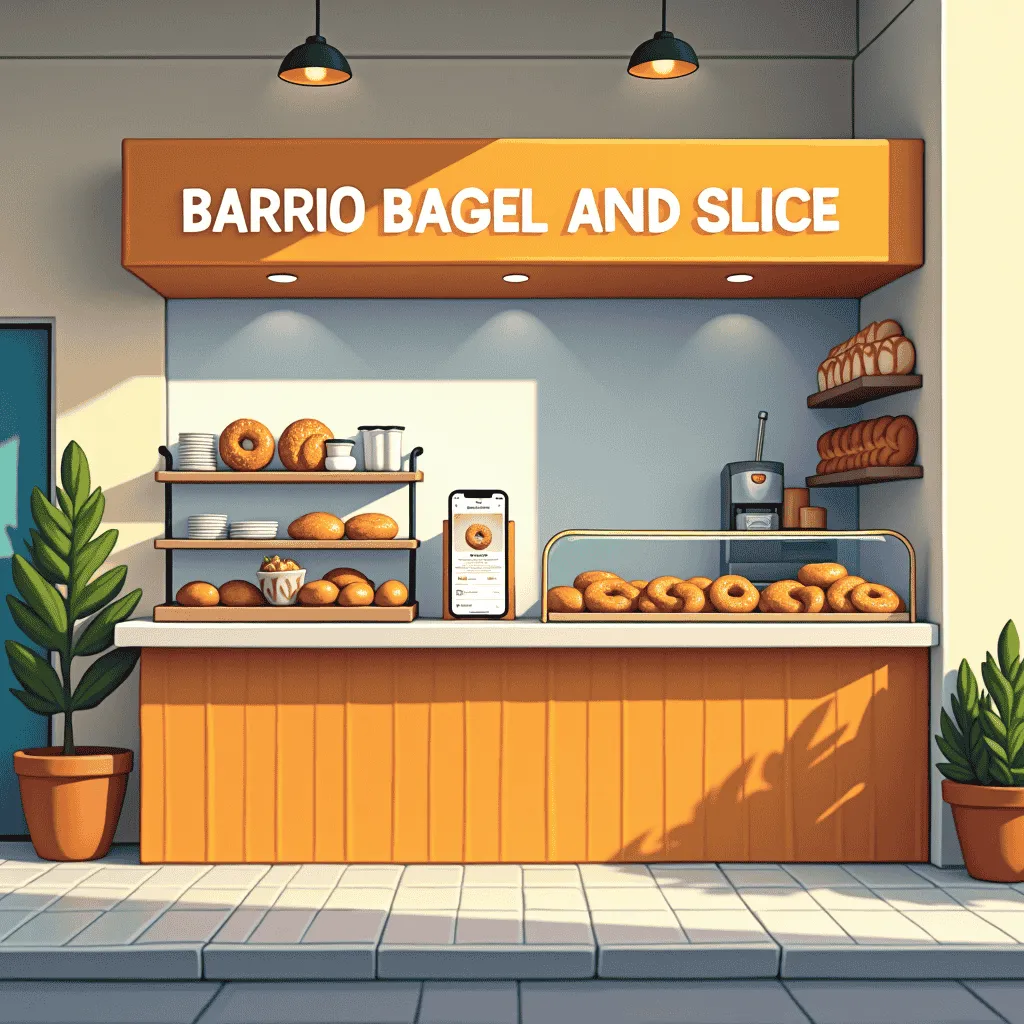

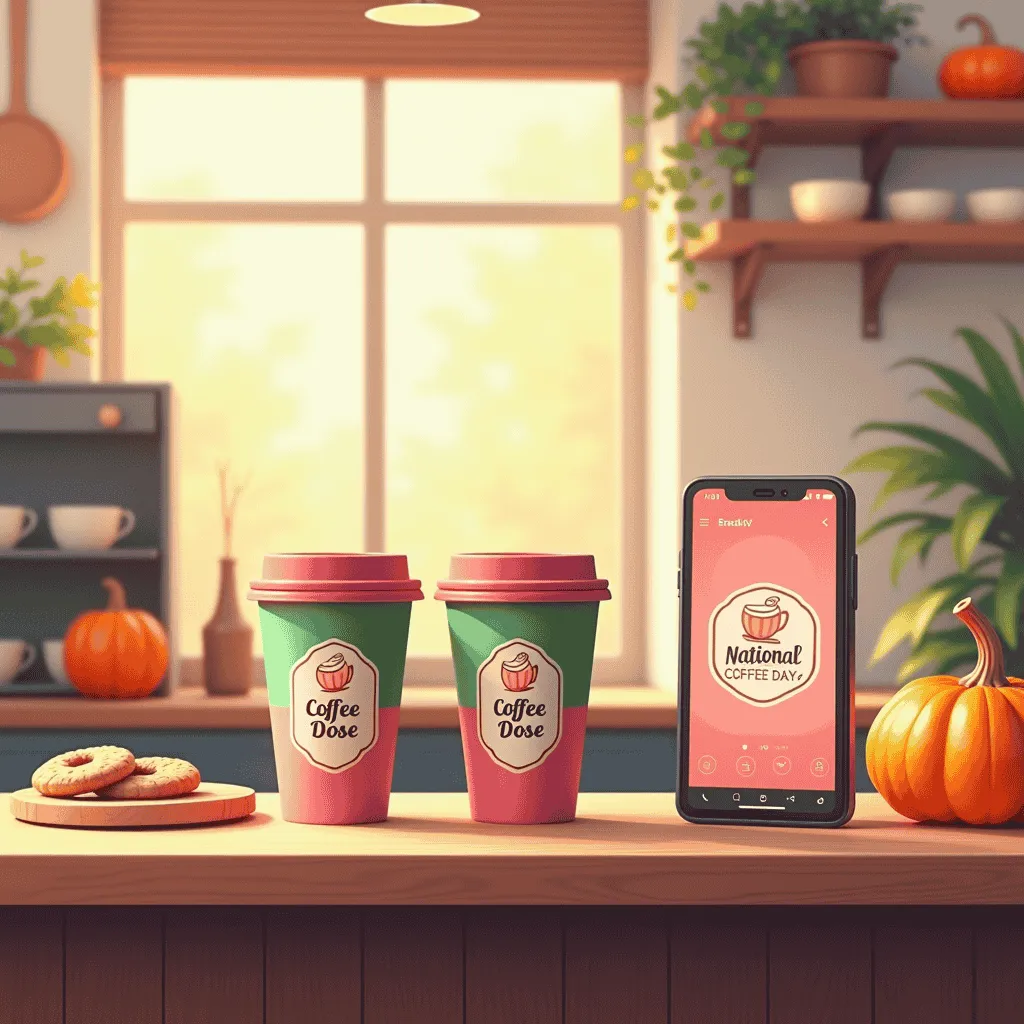
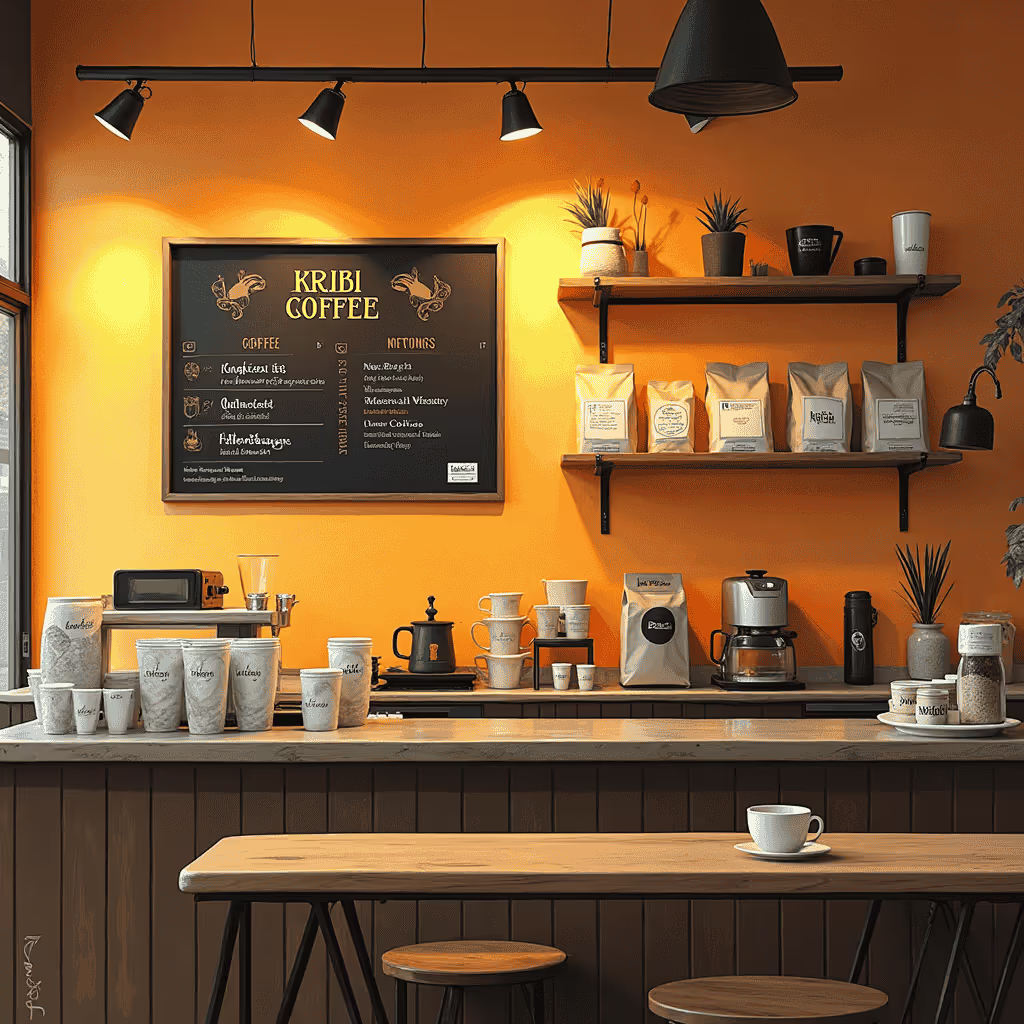
.avif)
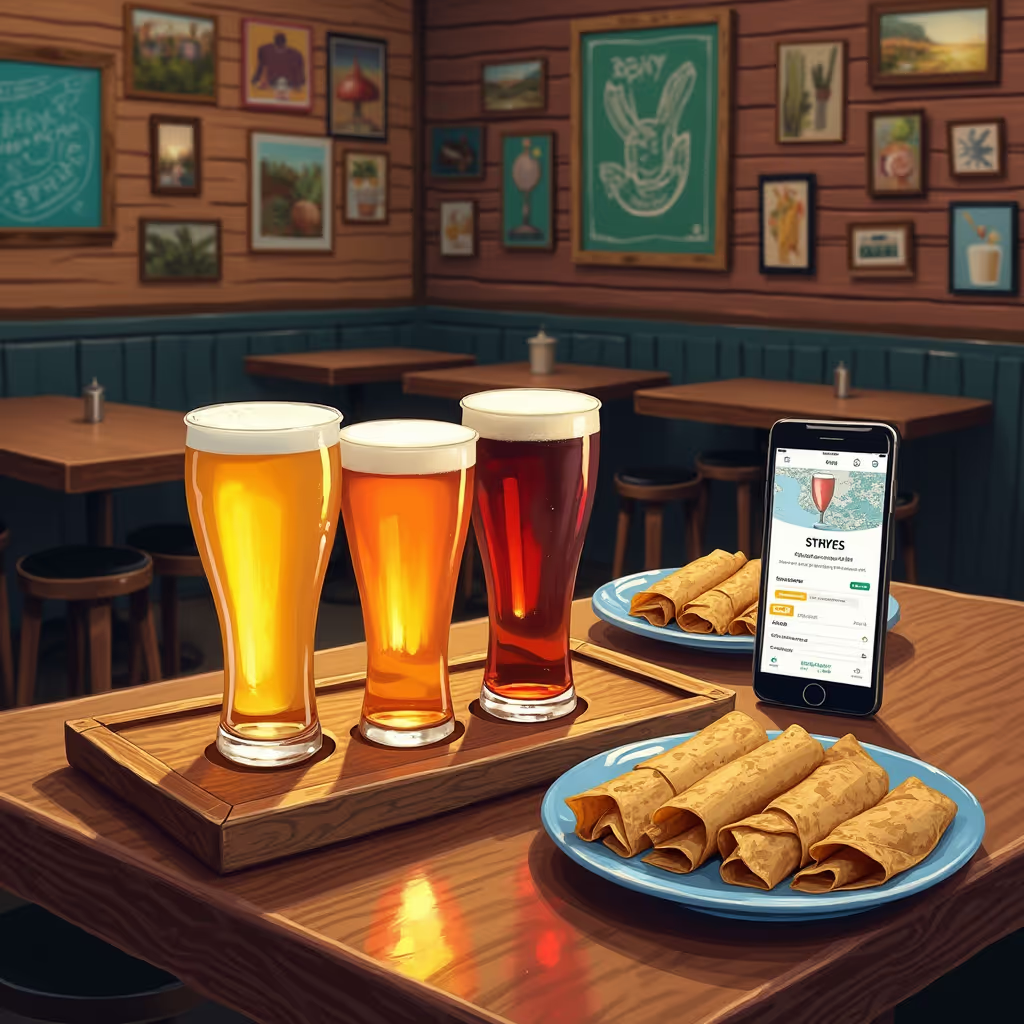
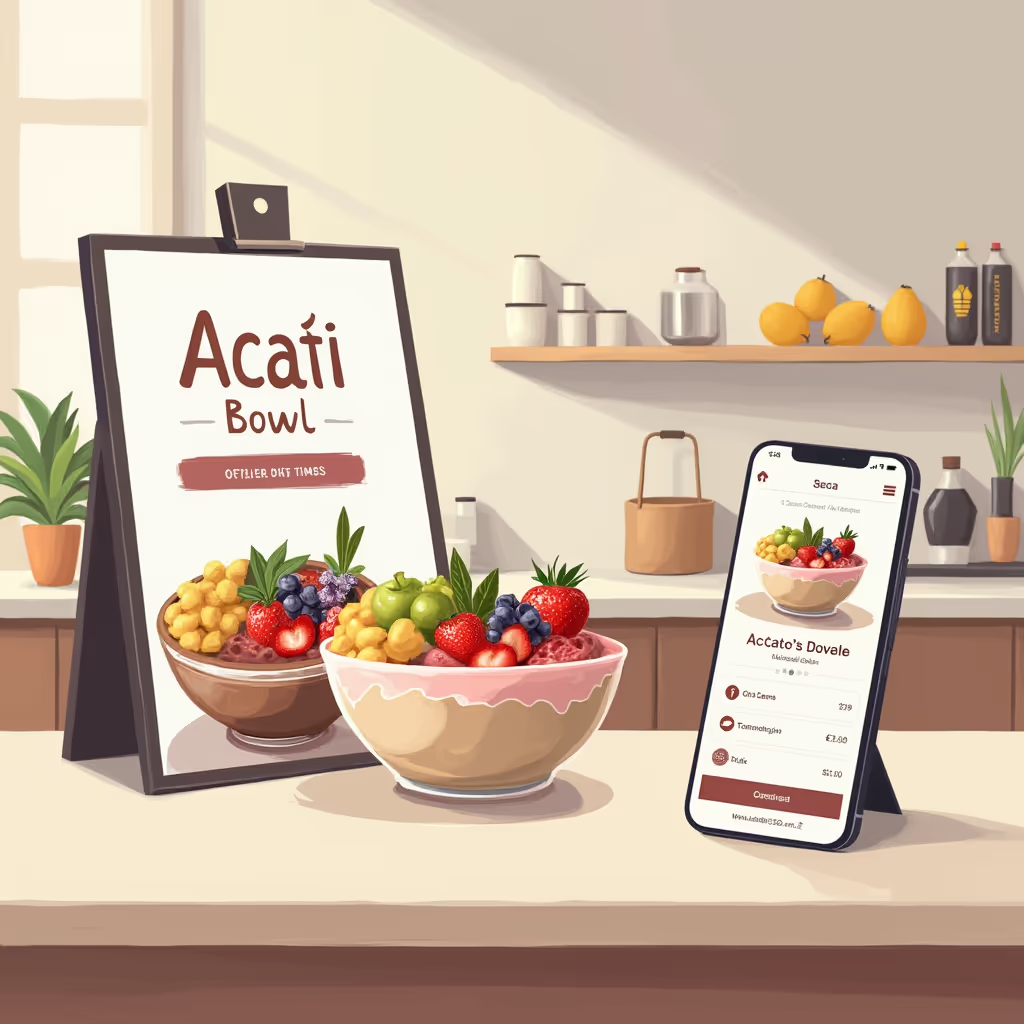

.avif)
.avif)
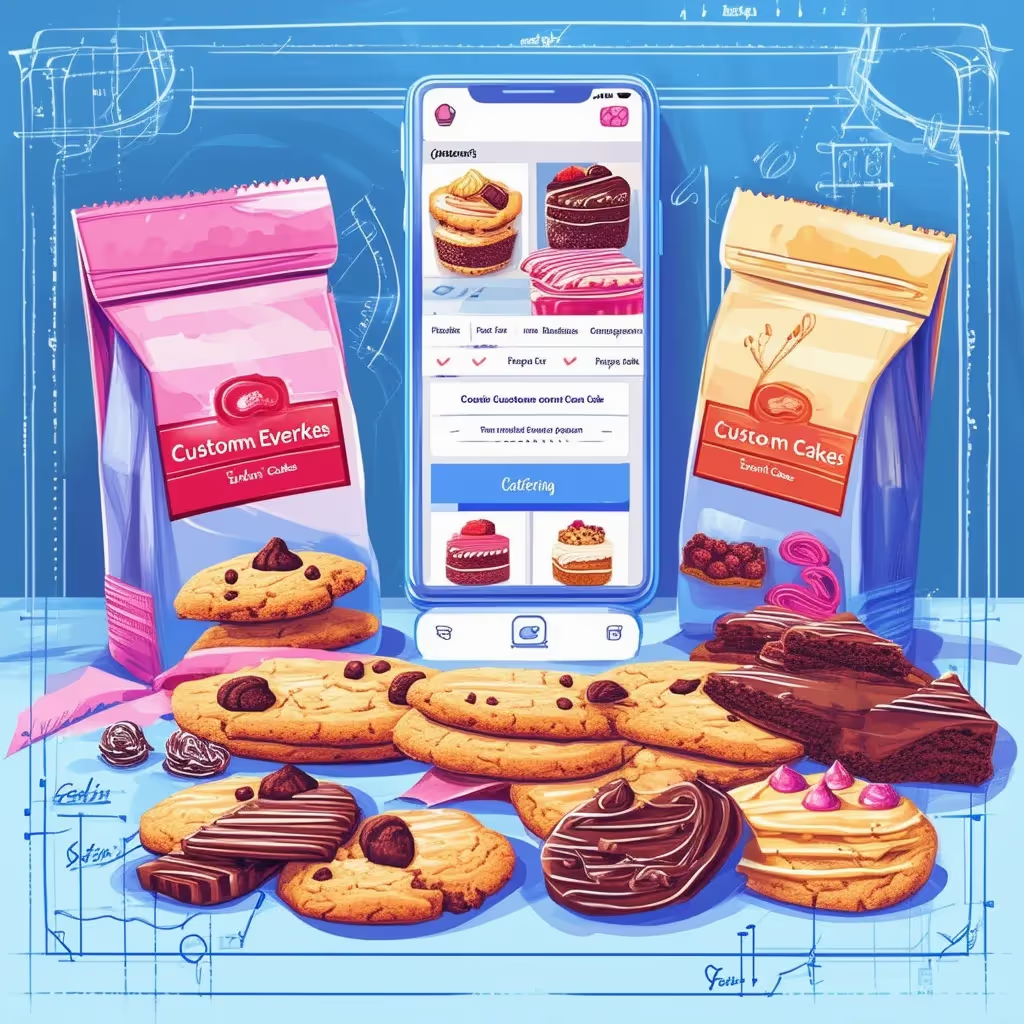
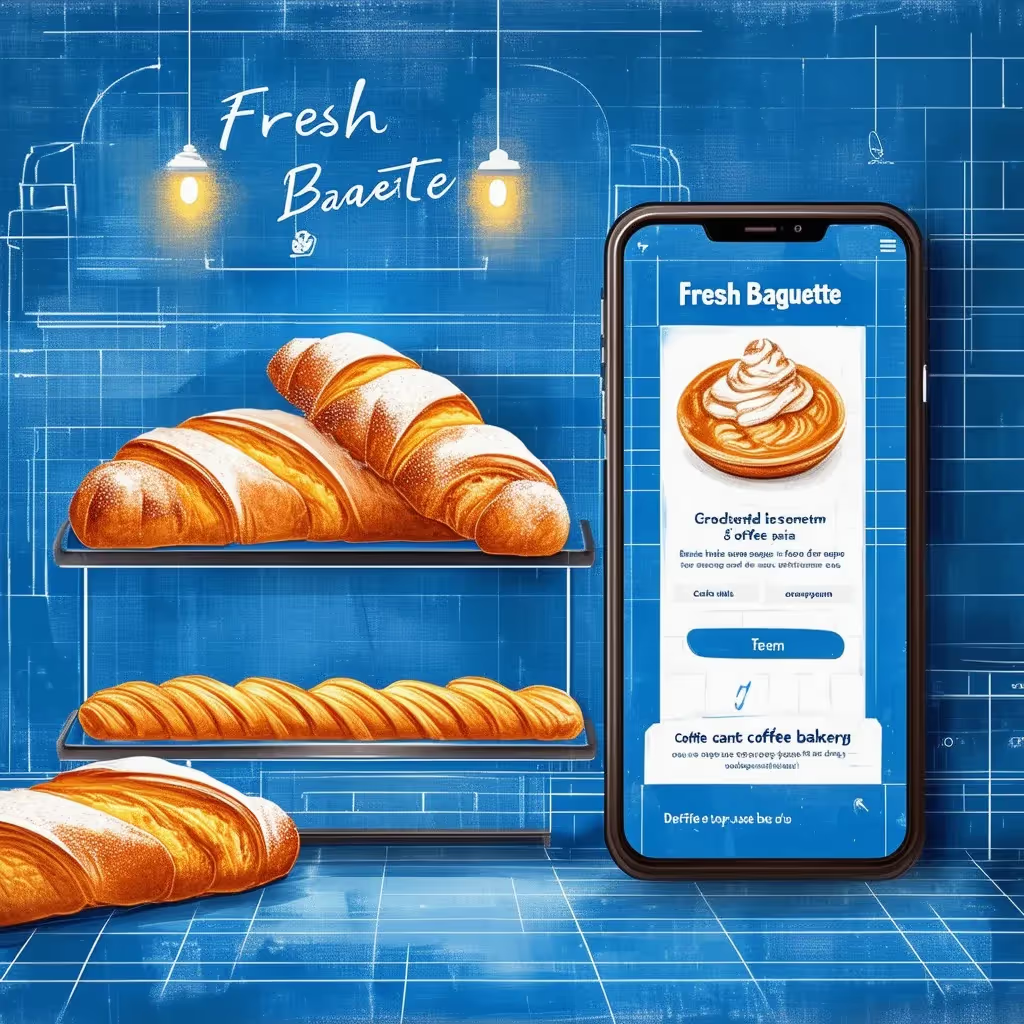
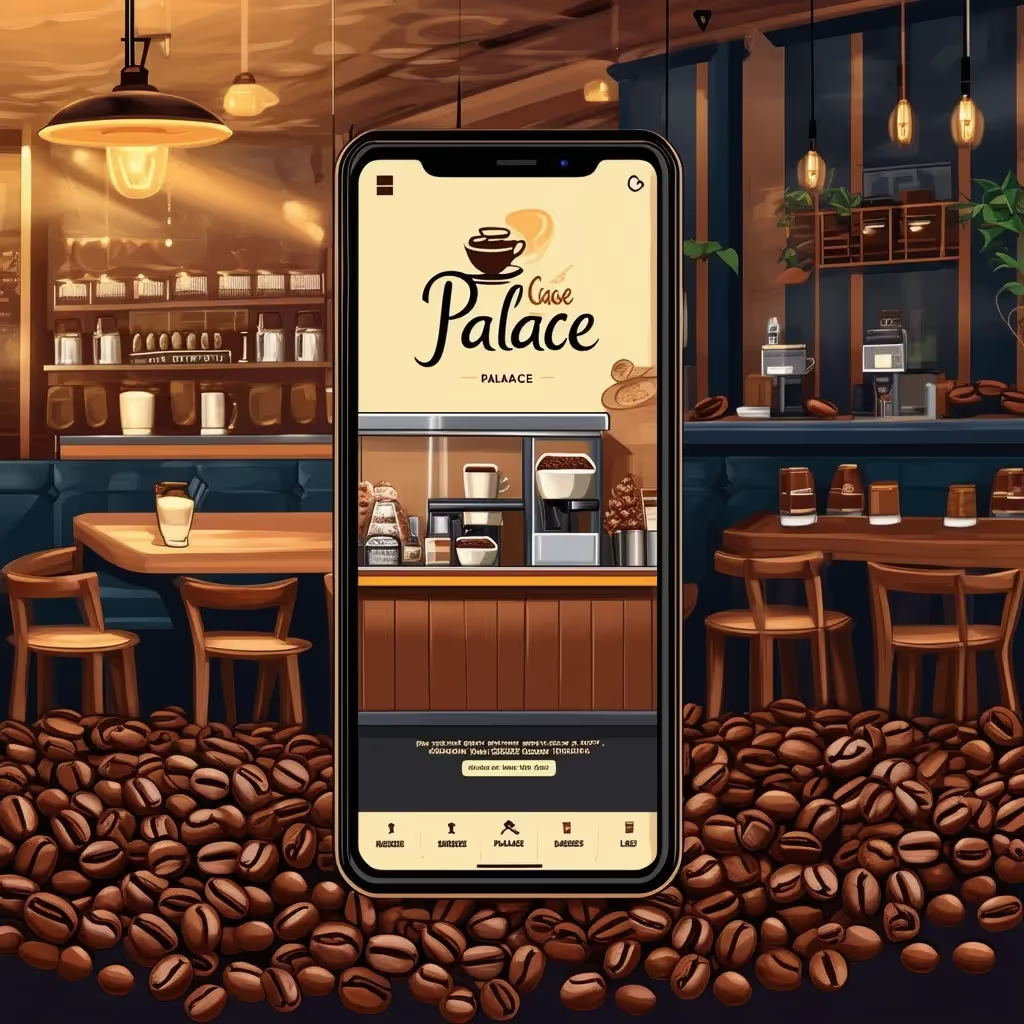

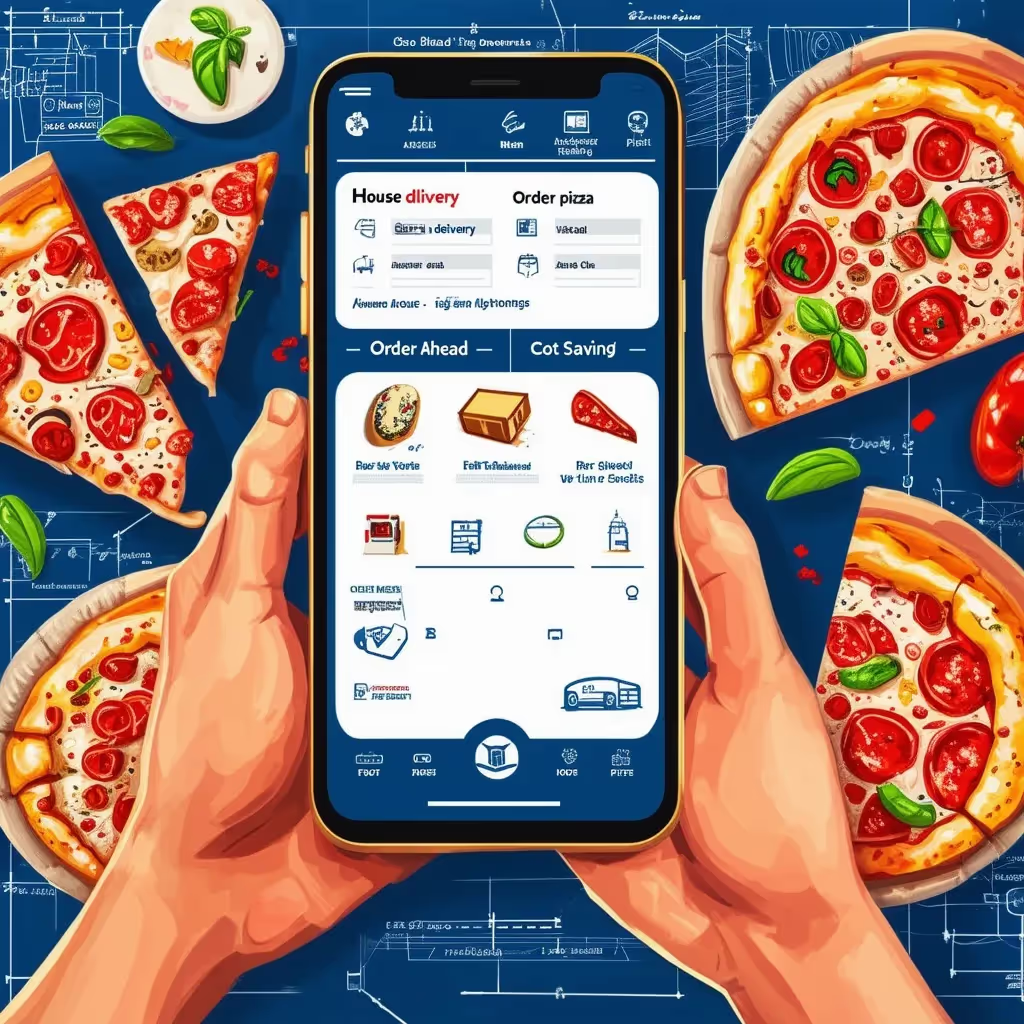

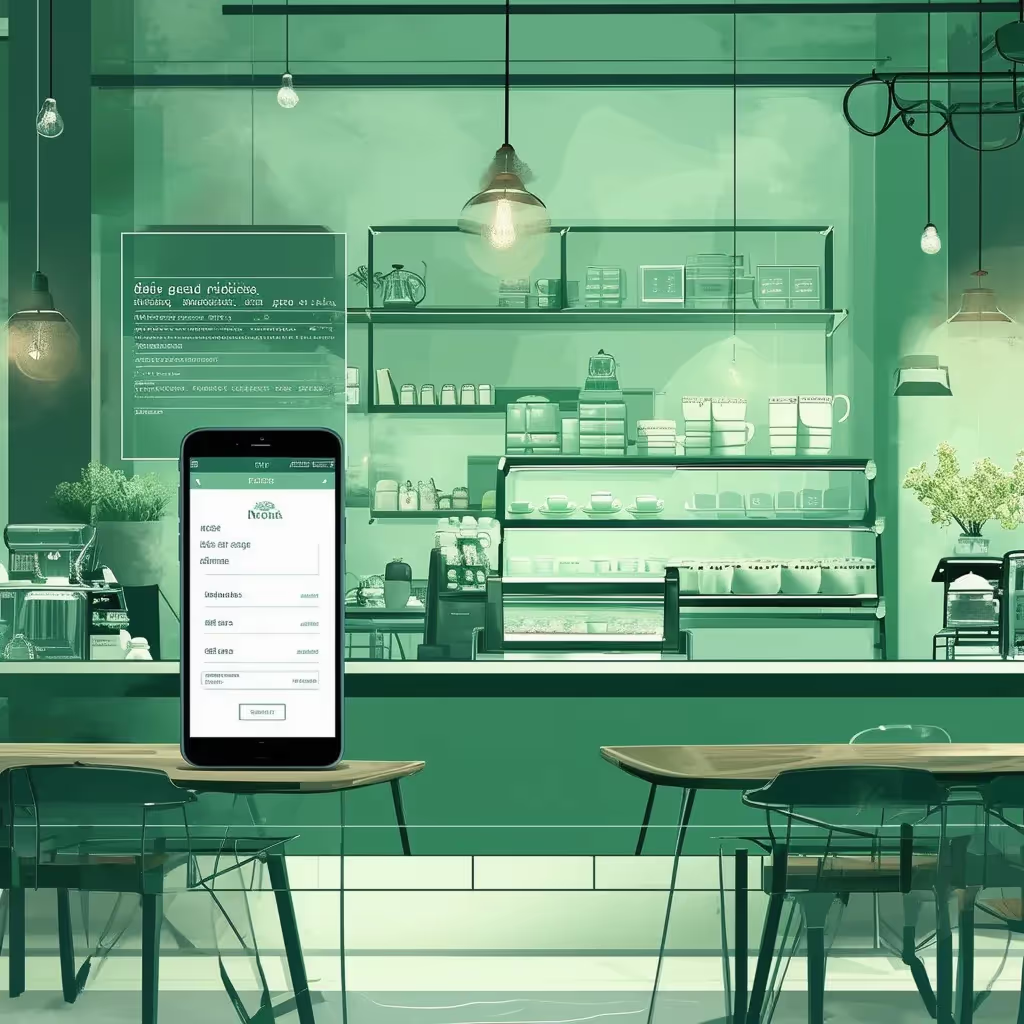

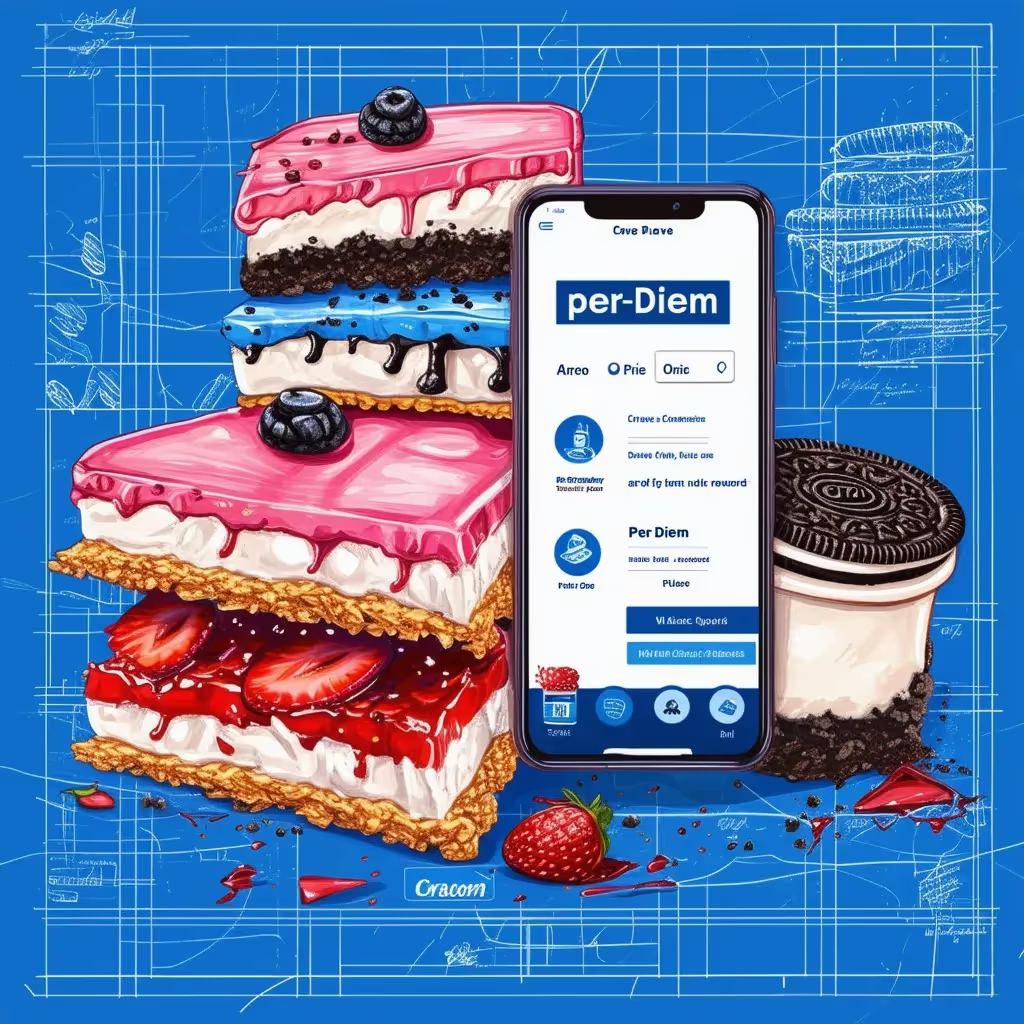
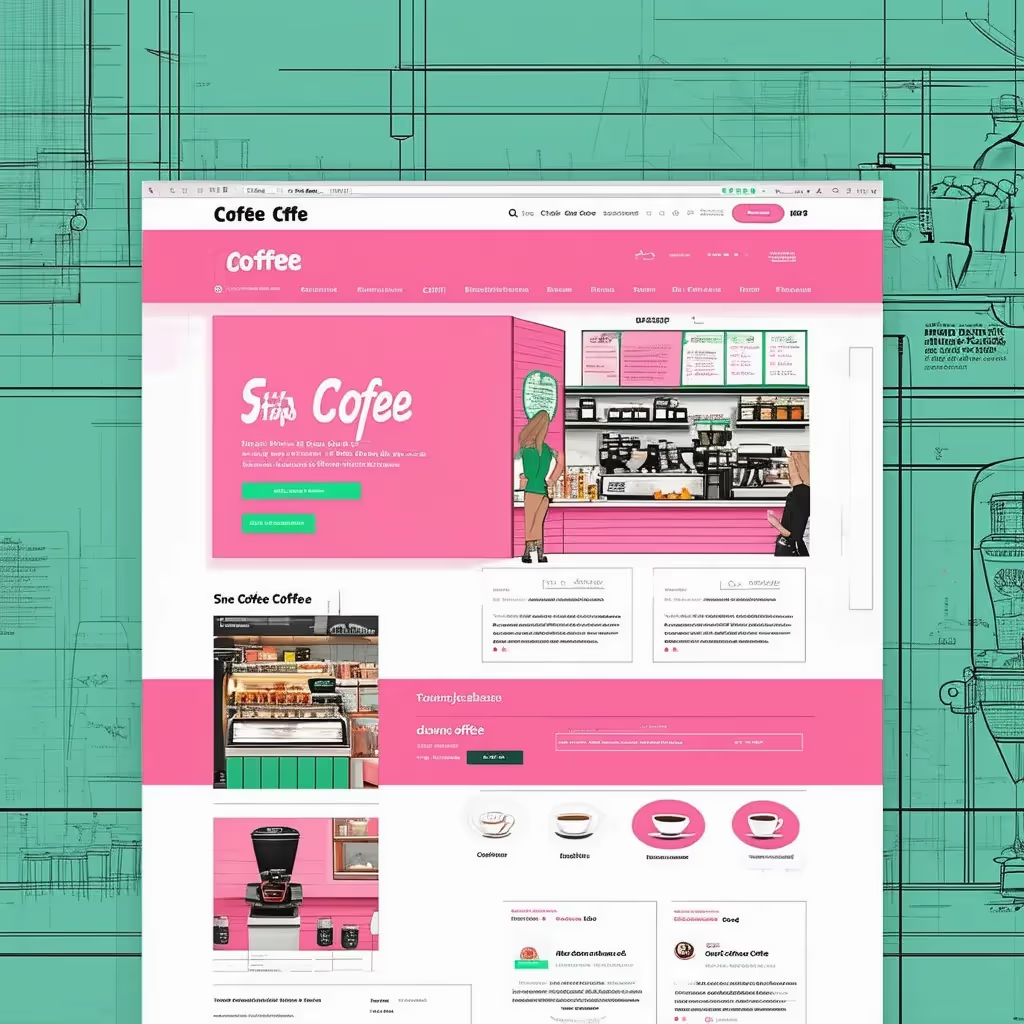
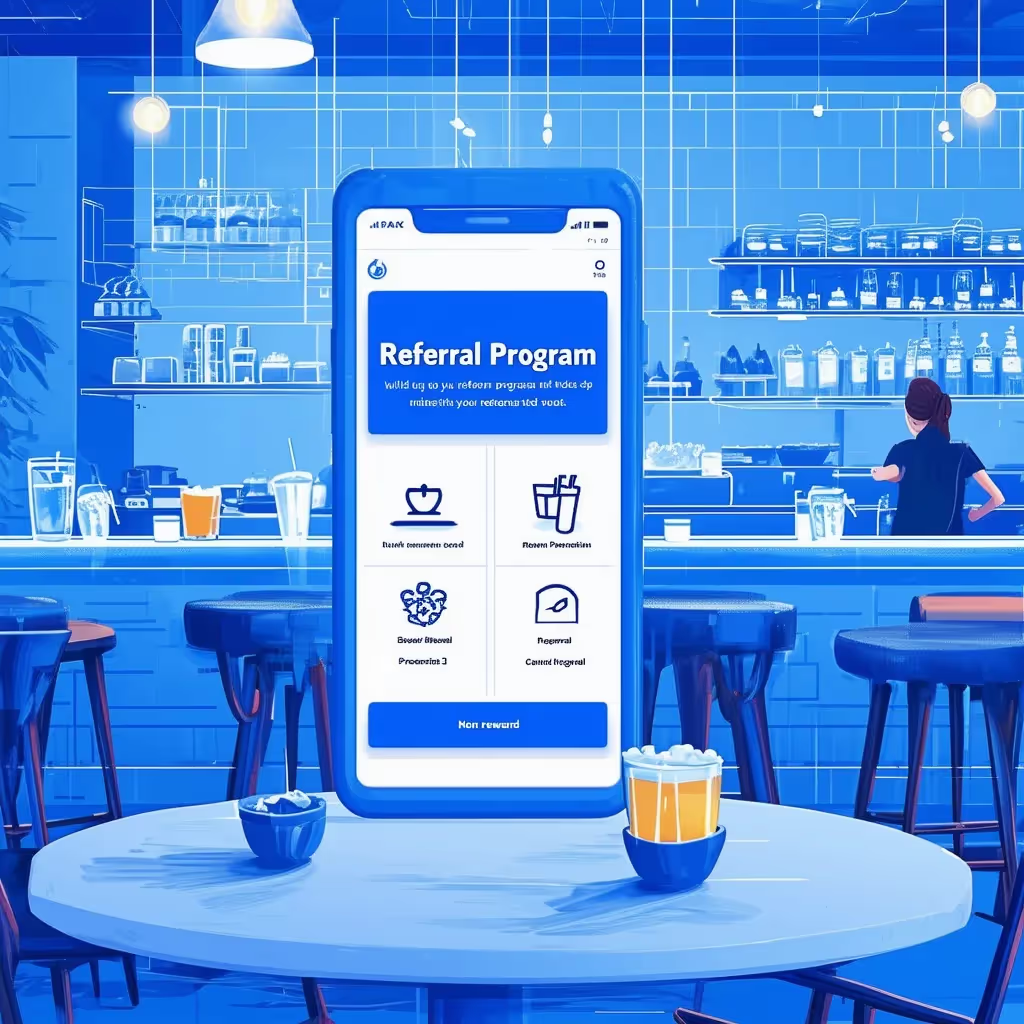





.avif)




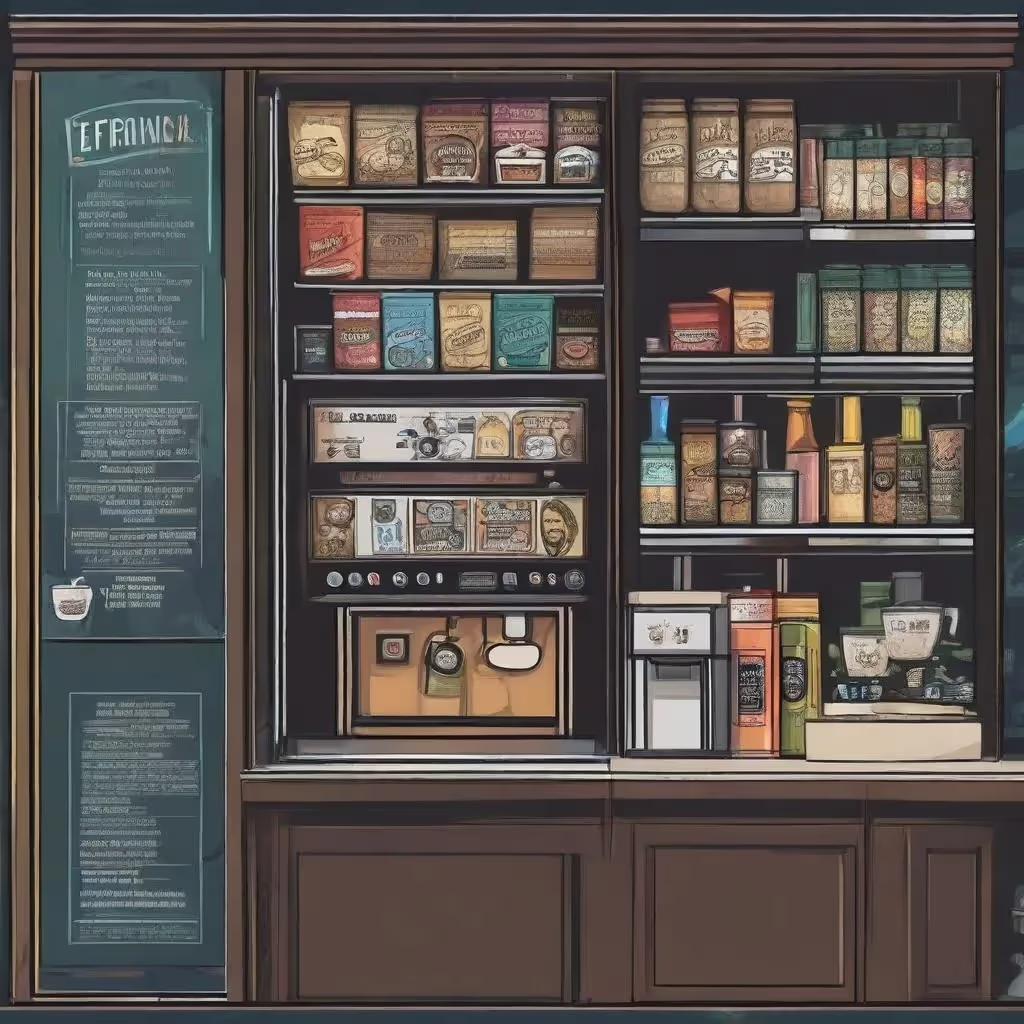
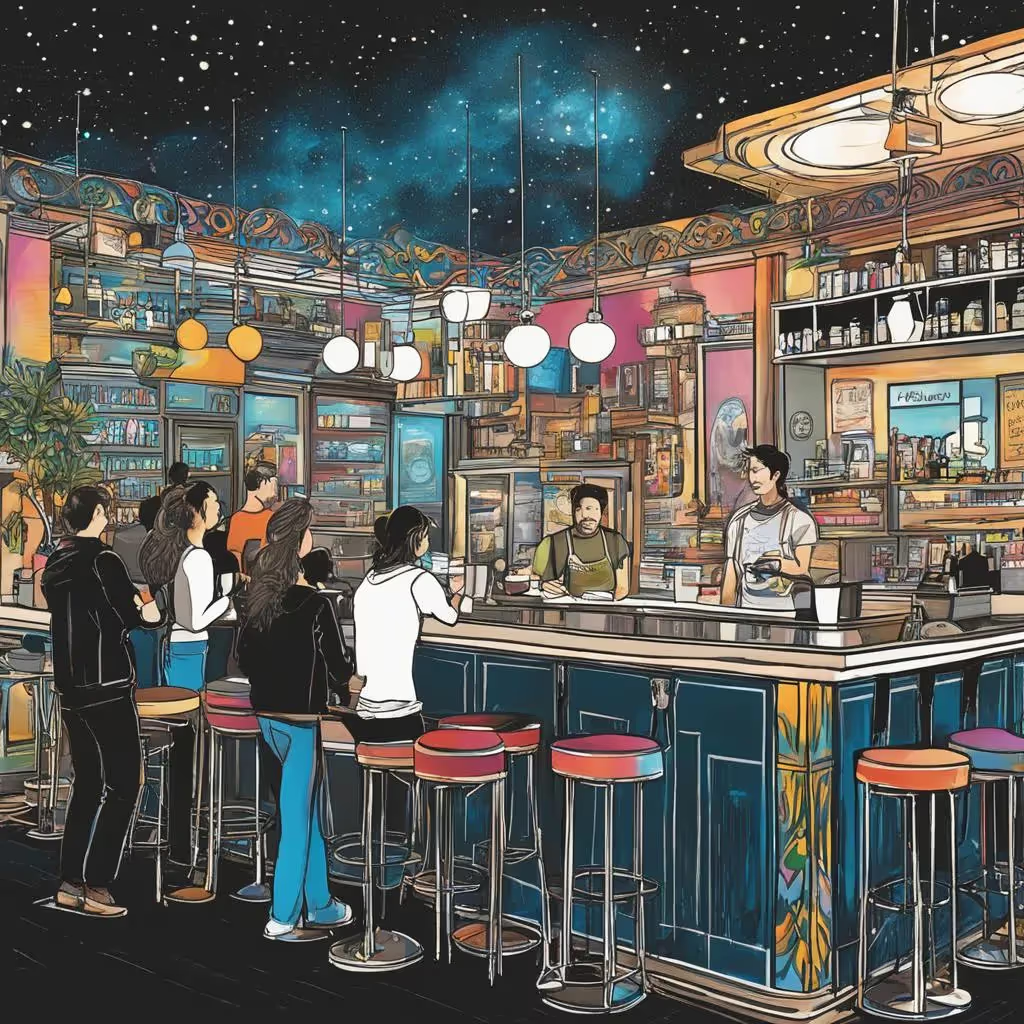


.avif)








